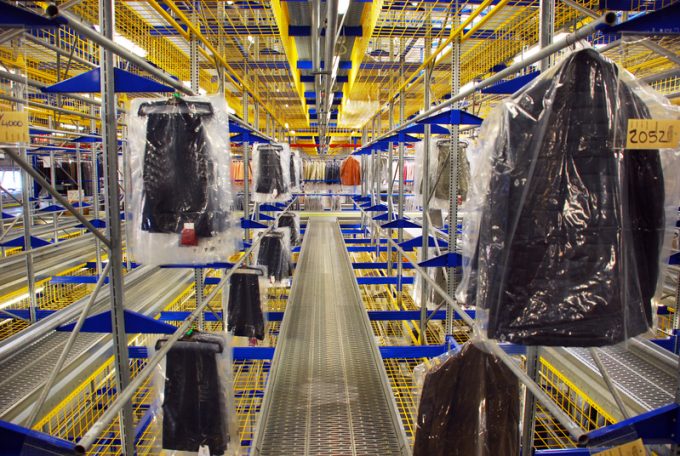Cooling demand increases warehousing vacancies, with rents inching down
Cooling demand has ended the long run of increasing warehousing costs and nudged the average ...

Fashion brands are facing increasing pressure to revamp their business model and transform their supply chains.
Regulators are turning the screws on the sector by threatening hefty fines, and extreme weather in four major Asian production hubs could take a $65bn toll on the industry.
Weather has hit cotton production hard this year in the top growing areas: catastrophic flooding has damaged about half of Pakistan’s cotton crop; India’s cotton output is estimated to drop about 5% this year; Texas, the US’s largest production area, has suffered a 50% drop in output owing to drought; and China and India have struggled with heatwaves.
According to research by investment management company Schroders and Cornell University, extreme heat and flooding could wipe $65bn from apparel export earnings from Pakistan, Bangladesh, Cambodia and Vietnam by 2030.
The study mapped the supply chains of six global apparel brands and predicted material hits for all. For one company, it suggested this could amount to 5% of its annual profits.
Upcoming regulations are also set to hurt apparel brands’ bottom lines, including the EU directive on Corporate Sustainability Reporting, under which companies will have to disclose data on the impact of their operations on people and the planet. The data will have to be audited by third parties.
By 2025, the directive will be extended to non-EU-domiciled companies with revenue in excess of €150m ($159m), which will likely affect more than 3,000 US firms.
In three or four years the EU Due Diligence Directive is set to follow, compelling firms with annual revenue over €40m to “monitor, prevent, end or mitigate pollution and biodiversity loss as well as exploitation and slavery”.
Meanwhile, in the US, the Uyghur Forced Labor Prevention Act and California’s Garment Worker Protection Act are already in force, but tighter requirements are looming. And the proposed New York Fashion Act would require companies with global revenue of more than $100m to disclose their supply chain practices and be held accountable for them with regard to environmental and human rights concerns. The bill is set to be discussed early next year.
Many fashion companies have reduced their presence in Asia and shifted part of their sourcing, notably to Latin America, noted Lisa Morales-Hellebo, co-founder and general partner of Refashiond Ventures, an early stage industrial transformation fund.
She said: “The industry has yet to understand that the old top-down approach does not work. It’s putting band-aids on a broken system. They need to rebuild from the bottom up.”
But she is sceptical about establishing supply chain visibility and control for brands, starting with their tier-one suppliers and working down the chain. Real-time data should flow from the bottom up,” she advised.
“If you want to reach into the supply chain and digitise a billion nodes, good luck to you. It’s a game of whack-a-mole,” she added.
The authors of the Schroders and Cornell University study also stressed the need for a transformation of fashion supply chains, moving from transactional to long-term relationships. They pointed to the need for joint investment in sustainability upgrades along the fashion supply chain.
Ms Morales noted that legislation on sustainability was getting tighter for companies and may nudge firms to take action, but she warned it will not be enough on its own. She said: “Legislation will help, but I fear it will be too slow. We need a paradigm shift, and that will happen only through innovation.”
Comment on this article